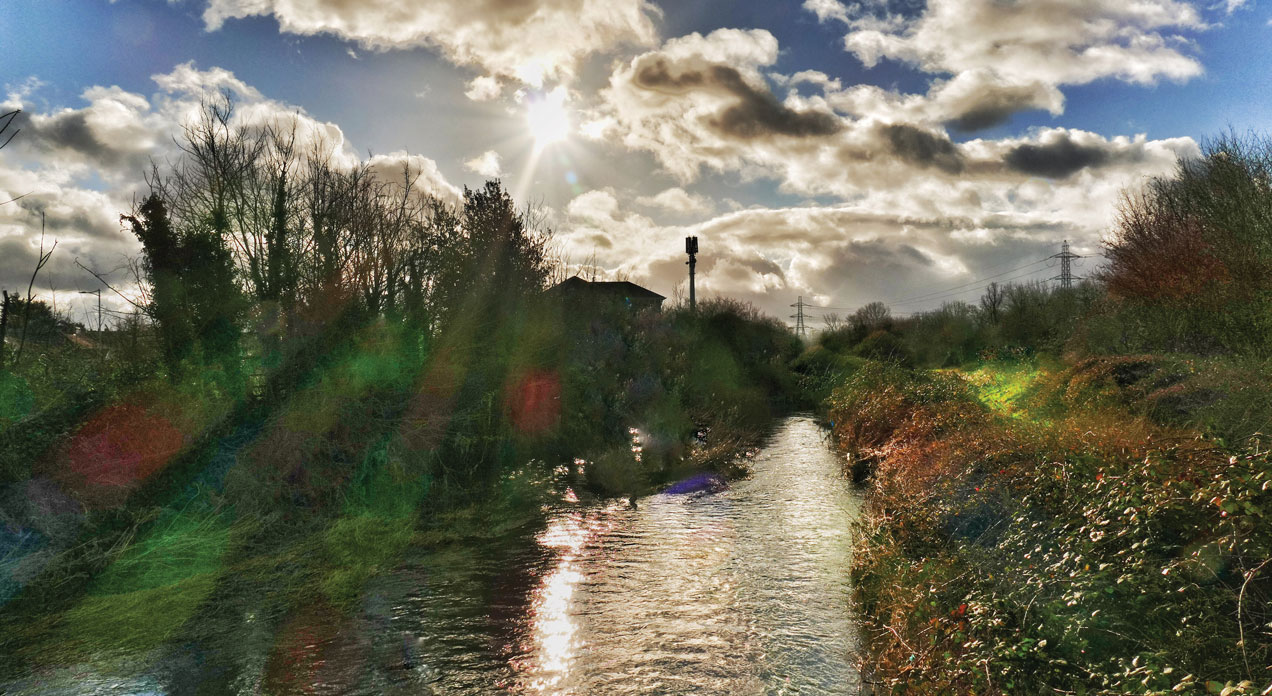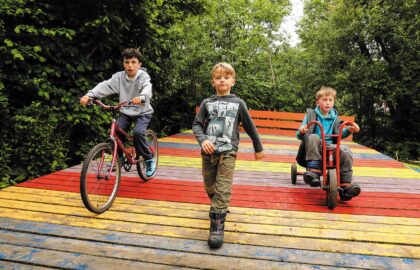Rising at Molehill Green in Essex, the River Roding passes through the Wanstead and Woodford area en route to the Thames, bringing with it a very real flood risk to local homes. In the ninth of a series of articles, Laura Hepworth from the Environment Agency reports on the River Roding Project, which aims to reduce that risk
The River Roding has a long history of flooding causing devastating and widespread impacts to north-east London. With the impact of climate change, flooding is predicted to happen more frequently unless we act now. This project will reduce flooding to over 2,000 homes by 2080 and improve the resilience of businesses and infrastructure to flooding incidents in the Woodford and Ilford area.
 During the COVID-19 pandemic, we are continuing to deliver our flood risk management projects where it is safe for our teams and delivery partners to do so. The safety of our staff, partners and the communities we work in remains a priority for us. This includes undergoing critical activities to operate, maintain and develop key flood assets and respond during flooding events. In these difficult times, we will ensure that any work done will be within Public Health England’s guidelines.
During the COVID-19 pandemic, we are continuing to deliver our flood risk management projects where it is safe for our teams and delivery partners to do so. The safety of our staff, partners and the communities we work in remains a priority for us. This includes undergoing critical activities to operate, maintain and develop key flood assets and respond during flooding events. In these difficult times, we will ensure that any work done will be within Public Health England’s guidelines.
A great way to prepare for flooding is to create a personal flood plan, allowing you to have useful information ready to use in an emergency. This includes taking measures such as:
- Preparing a bag of essential items to take with you if you have to leave your home, including medication, warm and waterproof clothing, phone chargers and important documents like passports, insurance documents and contact numbers. Keep this in a safe place!
- Creating a checklist of things to do to protect your family, such as turning off the electricity and gas to prevent a fire.
- Consider moving sentimental items upstairs.
- Check your building and contents insurance policy covers flooding.
- Look at the best way of stopping floodwater entering your property and how to use appropriate property protection products, such as flood barriers or air brick covers. A directory of these products is available from the National Flood Forum (bluepages.org.uk).
- Make sure you understand the flood warning codes.
You could also create a community flood plan to coordinate responses and to decide what practical action to take to support each other before, during and after a flood. Plans like these are great in helping the community get back on its feet after a flooding incident.
If your property is at risk, you can sign up to get free flood warnings by phone, email or text message. This is beneficial as you will have time to prepare in case of a flooding incident and be able to warn your neighbours to help better protect your local community.
We are always looking for local residents to be our eyes on the ground, checking and reporting on river levels and providing photographic evidence. If you are interested in getting involved, please get in touch.
To register for flood warnings, visit swvg.co.uk/floodwarn
To check the River Roding webcam, visit swvg.co.uk/rodingcam
For more information on the River Roding Project, visit swvg.co/rrp or call 0370 850 6506




